Great for your gut health, homemade yoghurt is free from the preservatives and artificial sweeteners that are in most supermarket brands. Learn how to make your own yoghurt and reap the benefits.
There are so many reasons why it’s good to make your own yoghurt. Homemade yogurt has lots of beneficial bacteria that are good for your gut and good for you. It’s also a great way to reduce plastic in your kitchen and can save you money. And let’s not forget it is delicious!
It’s also super easy to make at home. All you need is milk and a tablespoon of yoghurt.
What you need
Ingredients:
- 1 litre of good quality full-fat milk, preferably unhomogenised. If you have access to raw milk that is even better. Unhomogenised means it has the cream still intact. The better the quality of milk, the better the yoghurt.
- 1-2 tablespoons of yoghurt with the probiotics in it. You get this from a previous batch of homemade yoghurt, there are places where you can buy yoghurt starter cultures online or just use a spoonful of the best quality shop-bought yoghurt with all the good probiotics in it (unflavoured).
Equipment:
- 1 litre container to store the yoghurt in, this can be any jar with a lid or you can use a yoghurt making kit which has the jar and thermos included.
- 1 thermos/esky to hold jar/jars. Again this might be from a yoghurt making kit or you can use any small esky.
- 1 small saucepan
- A milk thermometer with precise measurements.
- A whisk or metal spoon to stir.
Method:
- Measure out enough milk to fill the jar you are going to use.
- Pour into a saucepan and heat on the stove. You can use a double boiler if you want to make sure the milk doesn’t burn. A simple saucepan is fine, just stir it regularly and make sure the milk doesn’t stick to the bottom of the pan or burn.
- Check the temperature regularly and take off the heat at 93˚C. This is just before it reaches a rolling boil.
- Immediately place the saucepan and milk in cool water. This will bring the temperature of the milk down. Again measure the temperature regularly and take out of the cold water when it gets down to 35-40˚C.
- When milk is between 35-40˚C stir your 2 tbs of yoghurt into the milk.
- Pour the milk mixture into the jar you are using.
- Place the sealed jar into the esky of warm water. You want to keep the milk at around 45˚C. This is the ideal temperature for the good bacteria in the milk to flourish.
- Leave in a warm spot for 12-18 hours. Check the temperature of the water several times during this time and add more warm water if necessary. Leave in a warm place and even wrap blankets around it to keep it extra warm. The longer you leave it the more tart the flavour. I often leave mine for 24 hours.
- Check to make sure the yoghurt is coagulated. It should be quite firm but still a bit loose. It will become firmer in the fridge.
- Place in the fridge to set.
Want more?
Subscribe to our Youtube channel to keep up-to-date with our weekly Self-Sufficiency Video Series.
Drop our video a “like” if you found it handy and support our work by subscribing to the magazine. You can also sign up to our free fortnightly eNewsletter for fresh tutorials, recipes and podcasts on living a resilient home-based life.


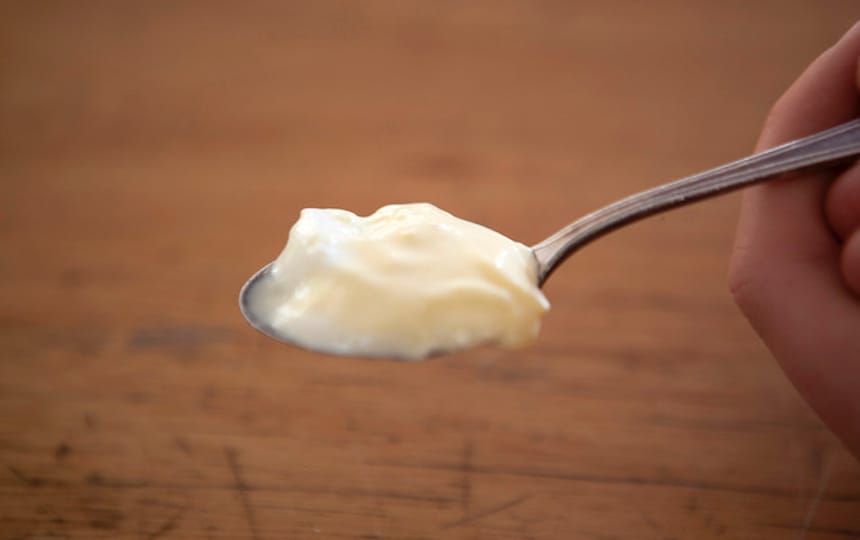
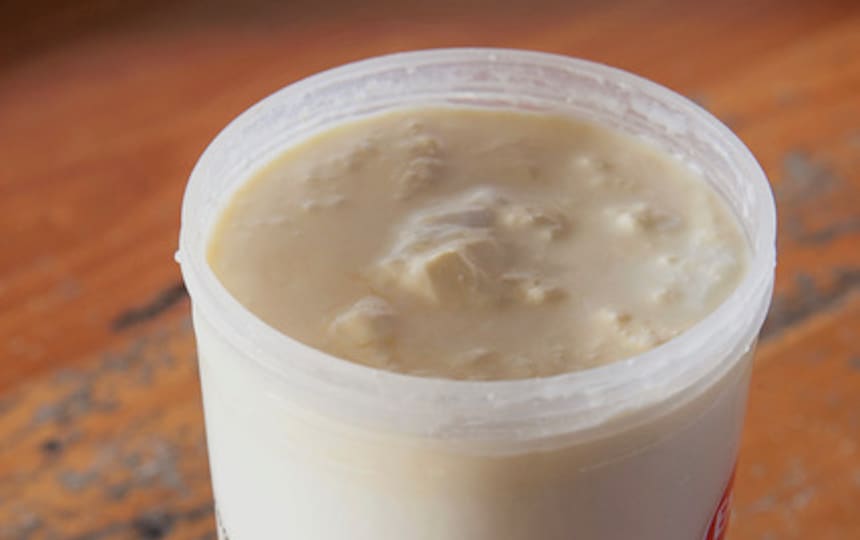
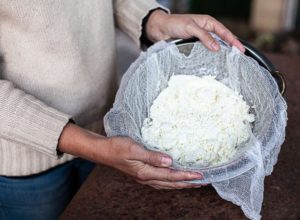
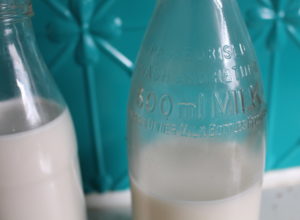

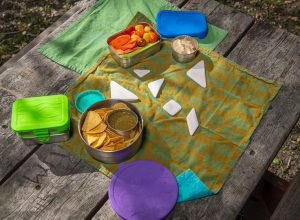




Making yogurt from bought milk is not zero waste. You have to purchase milk in containers. You end up using just as many if not more containers. I gave up yogurt because I dont have a supply of milk where I can use reusable glass bottles.
True Karen. Some of our team milk their own cows and make it but yes for the rest of us, milk containers an issue.
[…] You can also try your hand at fermenting your own foods. This means perishable goods can be kept much longer, making your larder fuller for longer. You can start fermenting foods such as radishes, pickles, kimchi and nukazuke or give kombucha and kefir go. If you love milk then learn how to make your own dairy products like feta cheese, ice cream and yoghurt. […]
I understand the issue about milk bottles. I use full cream powdered milk and buy it in tins. That way I’m not using so much plastic and can re-use the tins.
[…] Skip the deli section at your local supermarket and try making your own olives, cheeses, yogurt and […]
[…] cup yoghurt or […]
Nice self explanatory procedure. Love it
Whilst I’m more than aware of the plastic issue with buying bottles of milk, I find being able to buy ethical milk in bottles and using it to make yogurt a solution to the issue as I am not then also buying more one-use plastic to have yogurt as well. And yogurt is an excellent item to swap as well.
That’s a good point Kate and great idea to use it as a commodity to swap.